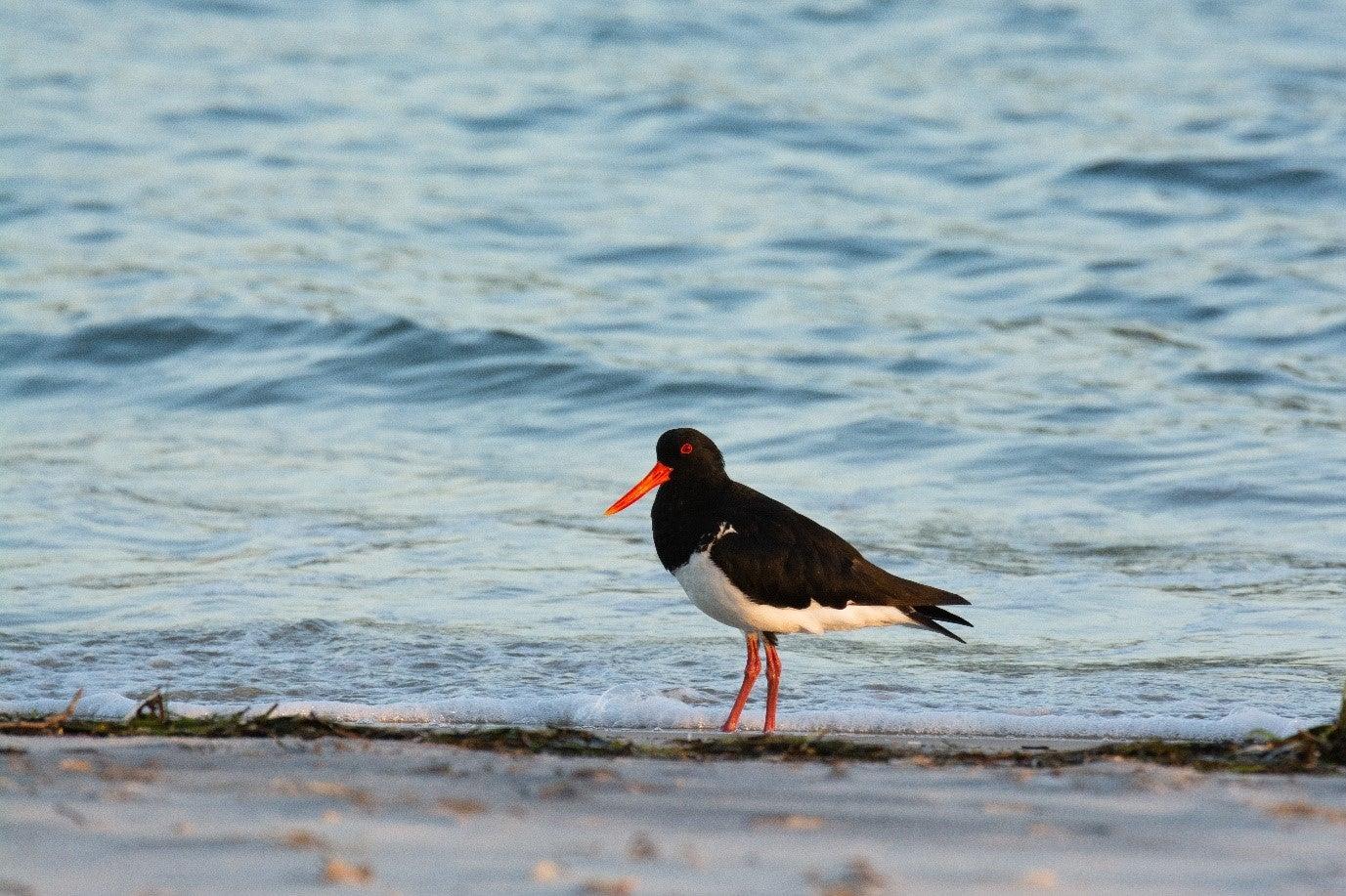Meet our shorebirds
Learn about some of our migratory and resident shorebirds that call the Sunshine Coast home.
Learn more about some of the migratory and resident shorebirds through our series shorebirds of the Sunshine Coast.
For more information download the shorebirds, gulls and terns of coastal SEQ identification guide (PDF, 5027KB).
Migratory shorebirds
Each spring, migratory shorebirds fly from their breeding grounds in the arctic to Australia before returning in fall.
Bar-tailed godwit (Limosa lipponica)
The world record holders of the longest non-stop flight, these medium sized shorebirds fly non-stop form Alaska to Australia. They have a long, slightly upturned bill and feed and roost in large flocks on our sandbanks.
Far eastern curlew (Numenius madagascariensis)
The world’s largest migratory shorebirds are critically endangered and are easily recognised by their long, curved bill. They travel from Russia and China to Australia.
Whimbrel (Numenius phaeopus)
These commonly seen medium-large shorebirds migrate from Siberia and Alaska. They use their long, curved bill to probe for worm and crabs on the sand banks during long tide. Whimbrels can be distinguished from far eastern curlews by their smaller size and shorter bill.
Pacific golden plover (Pluvialis fulva)
These medium sized shorebirds with a short bill migrate from Alaska. They are often seen feeding on sand banks during low tide.
Red-necked stint (Calidris ruficollis)
The smallest shorebirds visiting Australia travel from Siberia and Alaska and weigh little more than a Tim Tam. They can be seen running around the sandbanks on their short legs, probing the sand with their short beak.
Wandering tattler (Tringa incana)
These uncommon visitors migrate from Siberia, Alaska, and Canada to Australian shores around September. They are found on rocky coasts where they forage among the rocks and in shallow pools for worms, mussels and crabs.
Resident shorebirds
Resident shorebirds don’t migrate to breed. They live on the Sunshine Coast all year around and nest on our open beaches and rocky headlands.
Australian pied oystercatcher (Haematopus longirostis)
The Australian pied oystercatcher is one of two oystercatcher species that live on the Sunshine Coast. They have a striking black and white plumage with a long, bright red bill, red eyes, and pink legs. They are typically found foraging along the beaches and sandbanks.
Sooty oystercatcher (Haematopus fulignosus)
Sooty oystercatchers are the second oystercatcher species living on our shores. They are easy to identify with completely black feathers and a long red bill, red eyes, and pink legs.
Red-capped plover (Charadrius ruficapillus)
The smallest of our resident shorebirds can be seen running around on sandbanks and beaches foraging from small invertebrates. The males are more obvious with a rufous cap, while the females are well camouflaged with their white and grey-brown plumage.









